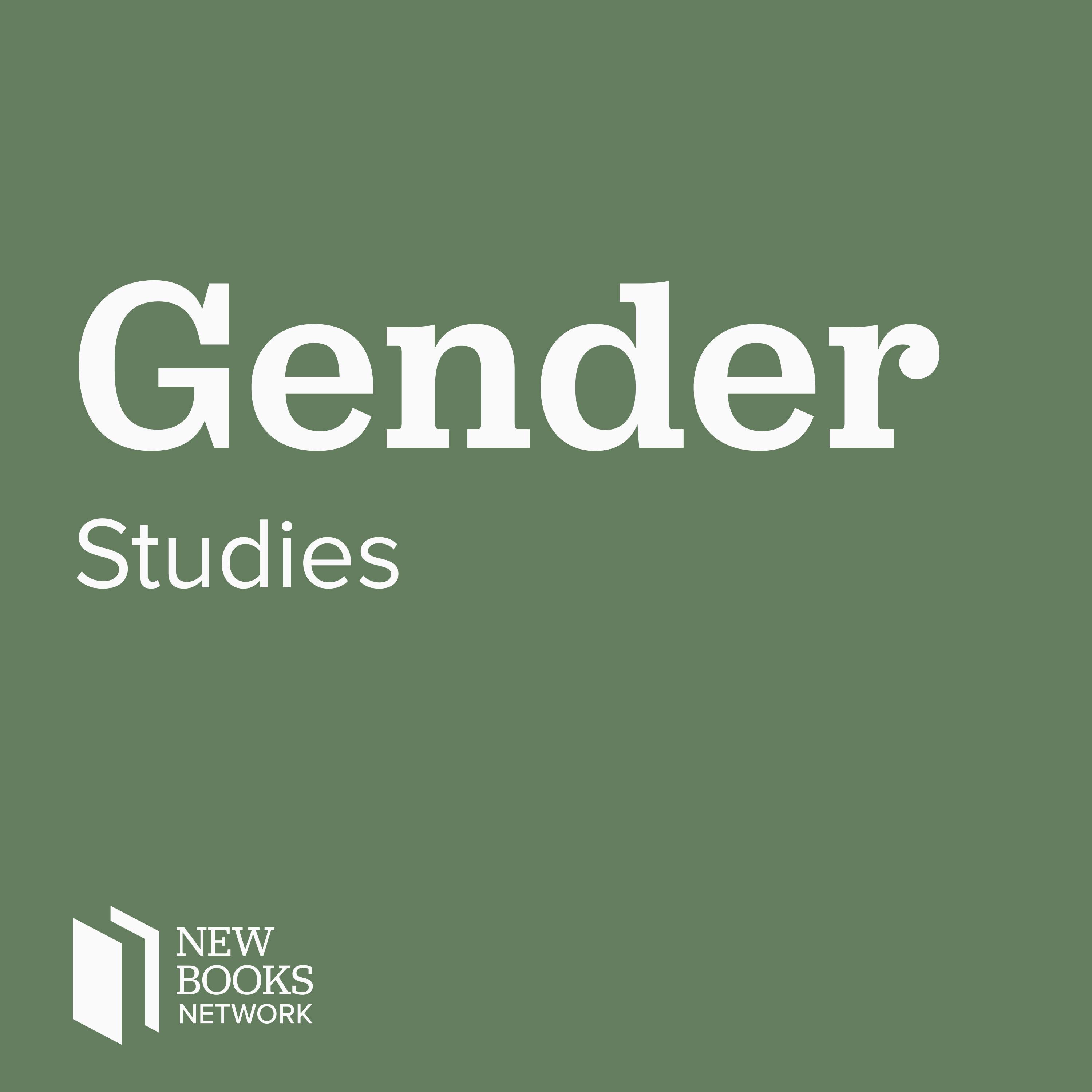Sujin Lee, "Wombs of Empire: Population Discourses and Biopolitics in Modern Japan" (Stanford UP, 2023)

In 2007, Japan\u2019s health minister referred to women ages 15-50 as \u201cbirthing machines.\u201d The context was a speech about Japan\u2019s declining birthrate and projected population shrinkage. As Sujin Lee shows in\xa0Wombs of Empire: Population Discourses and Biopolitics in Modern Japan\xa0(Stanford UP, 2023), neither population anxieties nor the idea of women as childbearing devices whose wombs were the property of the state are new. However, when the \u201cpopulation problem\u201d became a public preoccupation for politicians, scientists, and activists in the 1910s, it was an expression of worries about overpopulation and carrying capacity in a \u201cresource-poor\u201d nation and empire.\xa0Wombs of Empire\xa0traces the trajectory of population discourses and practices from these years through wartime Japan, with particular attention to the ways in which notions of motherhood were constructed hierarchically within the context of empire and war, and how Malthusian population control discourses formulated by leftists, feminists, scientists, and politicians gave way to the natalism of total war.\nNathan Hopson\xa0is an associate professor of Japanese language and history in the University of Bergen's Department of Foreign Languages.\nLearn more about your ad choices. Visit megaphone.fm/adchoices\nSupport our show by becoming a premium member! https://newbooksnetwork.supportingcast.fm/gender-studies